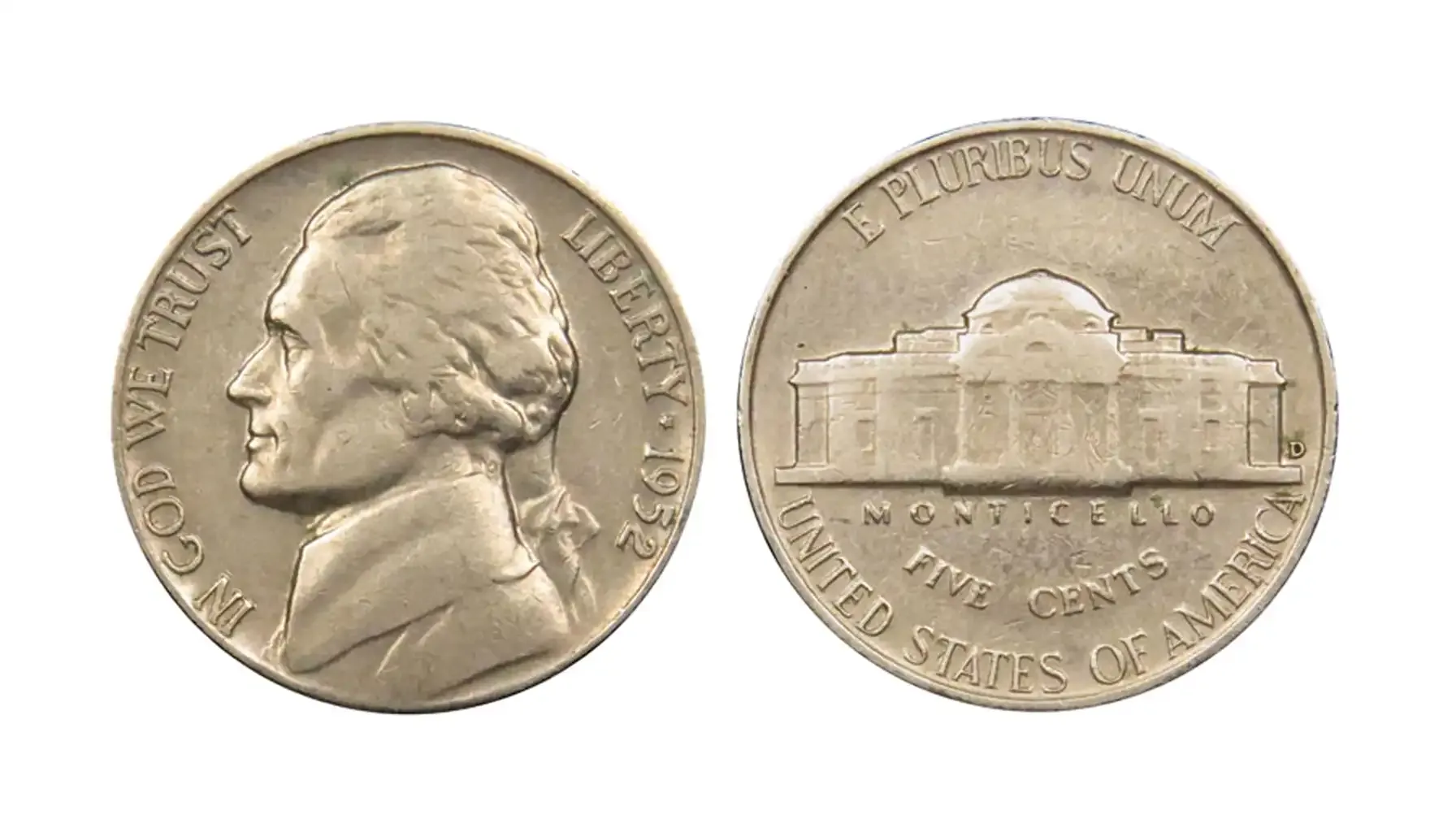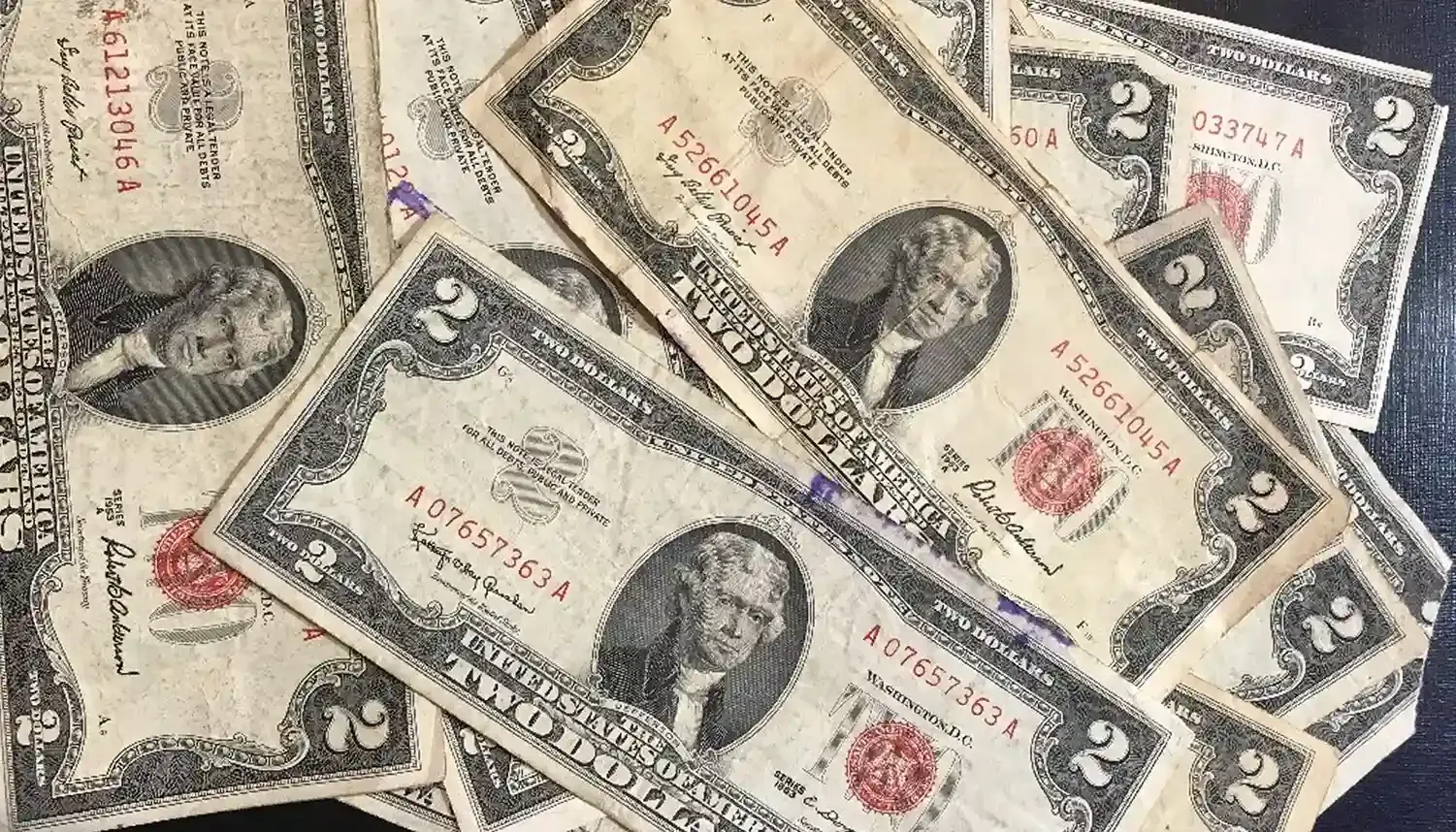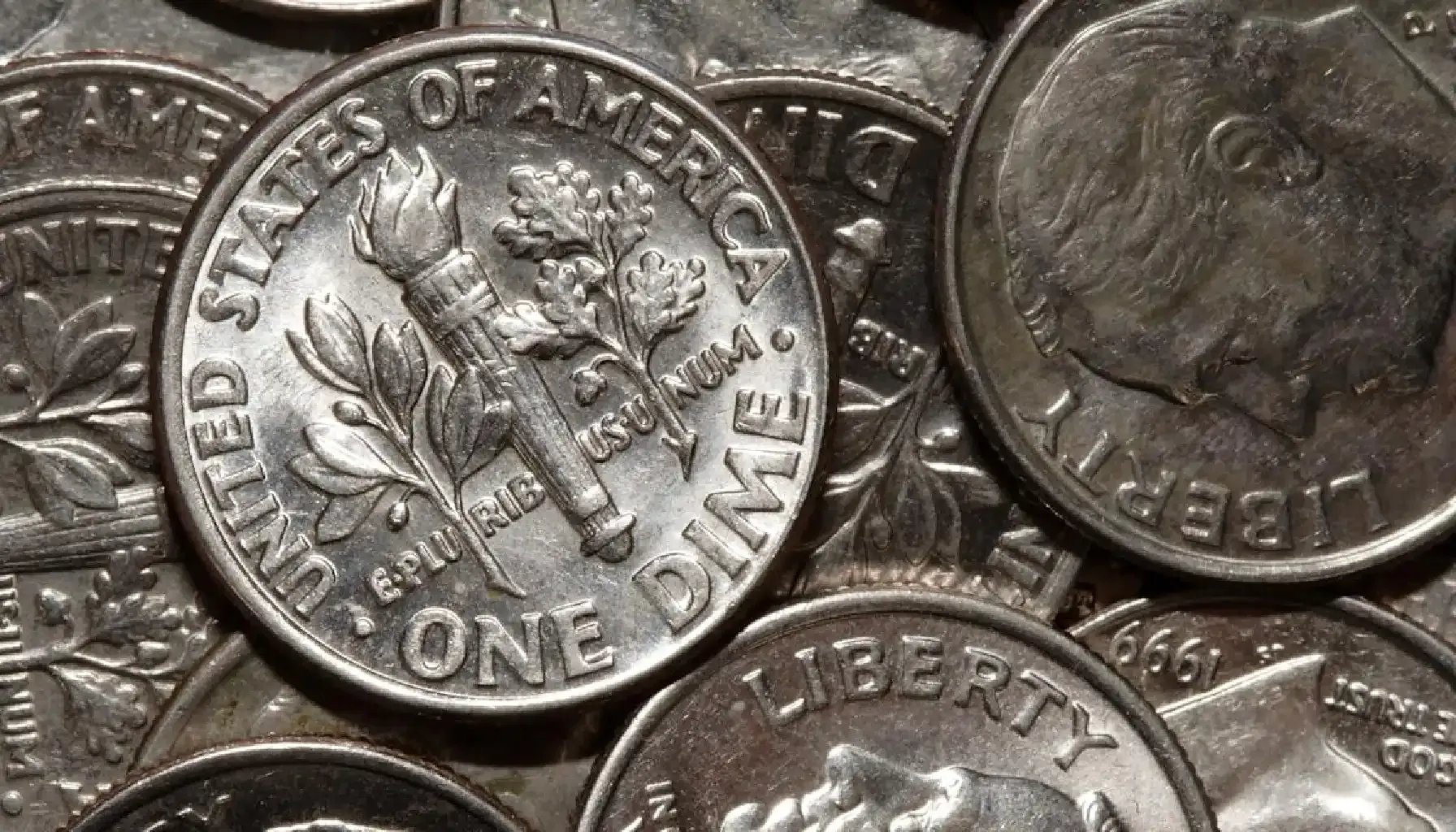Contents:
The cost of perfection is always high, but is it really so? In the sphere of numismatics, coins with mint errors or defects, i.e., something unique, out of the systematic production, are sought-for collectibles that become an outstanding part of a collection though without a special history behind.
The exclusive nature of such an erroneous coin mintage accidentally increases the value of an instance and turns it into a rare find for years. But how does it work, and what types of errors should we look for? Today, we are glad to present you with a brief yet profound coin errors guide that may help you identify these imperfections and create a distinctive collection with ease.

The Main Types of Coin Errors
Indeed, any error occurring during the process of coin mintage is rare and unique, and thanks to these anomalies, the cost of each instance may get raised on its own. However, this also depends on the interest generated by collectors, investors, and coin enthusiasts alike. Though we as a respectful media cannot provide information regarding types of coin errors with pictures PDF, here is a list of quick descriptions for one to have a generalized idea of what these should look like.
Die Errors
When a die is employed during the process of coin mintage shifts, there can appear a doubled image on the surface, e.g., Double Die Lincoln Cents. Sometimes, this can be truly amusing to see, which is why more and more enthusiasts aspire to get such an instance into their collection. Moreover, a die may crack and even break, which is to result in a ridge or a bare piece of metal on the coin.
Planchet Errors
Although black planchets produce black coins with nothing on them, this might also make a coin valuable because of its unique nature. Wrong planchets (those used by mistake) in turn seem like a more desired occurrence, for they should capture a unique omission based on a human factor.
Striking Errors
Besides, coin production is not immune to striking errors, such as an off-center strike (i.e., a coin is not properly aligned with the dies), broadstrike (i.e., a coin does not have the collar), and multiple strike (i.e., a coin may have an overlapping/ghostly design). These, however, cannot be considered the most popular and beloved option among collectors.
Minting Errors
Another level of error coins to look for is comprised of wrong metal composition and transitional errors as well. While the first is usually obvious (i.e., a coin is struck on the planchet of another metal), the latter refers to the incorrect usage of planchet and dies due to some relevant factors such as metal shortages and the like.
Design Errors
Last but not least, designs, which may be the first reason why collectors strive to get a coin, can boast overdates (a situation when a date should be changed but its remains are still present on the surface next to a new one) and misalignment (which presupposes a whole coin being present yet shifted but never missed. This may produce sophisticated designs and new iterations of coins, more valuable though less perfect.
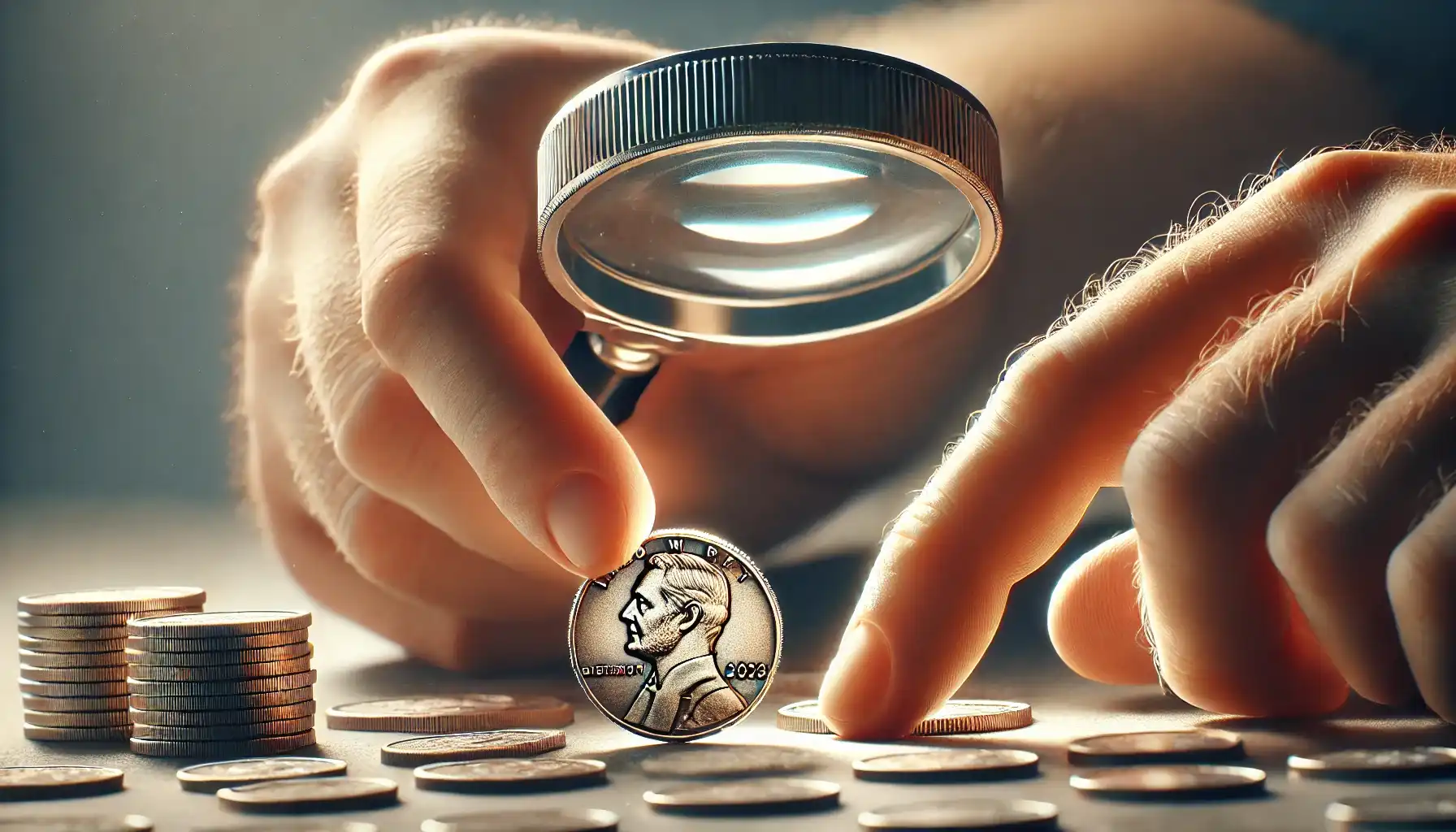
The Value of Error Coins
The value of error coins cannot be fixed, for it relies on several factors simultaneously, such as the coin’s conditions, supply and demand, its rarity, authentication, and more. When an error is easily distinguishable and relatively appealing, this means the price barriers of the coin can have no limits. The most expensive instances are typically well-preserved, aesthetically fulfilling, and rare, too. Obviously, a coin with errors may become one of the most valuable coins.
Besides, coin varieties errors may have a different effect on the market, and it is collectors’ interest that mainly drives the industry rather than the coins themselves for sure. When a coin is validated and certified, it might turn into a culturally significant object with premium features available.
How to Spot Uncommon Error Coins
It is obvious that spotting error coins, especially those that are rare and unique, requires a keen eye, attention to detail, and occasional assistance as well. This is why one should carefully explore the coins in the pursuit of the most valuable instances but rely on additional tools and strategies, too.
First of all, it is important to be intelligent enough to know the most common types of errors so as to identify them properly and know where to seek them, too. Explore various resources that provide data regarding mintage errors and mistakes, for some imperfections can be subtle and not obvious at first glance.
When in doubt, modern technologies are the key. The market dazzles with numerous instruments that may help one identify a coin and its unique nature properly. Coin ID Scanner, for example, is a free old coin value checker that encompasses the most useful features possible, i.e., an inbuilt camera for coin identification by one photo only, a coin encyclopedia to compare information with the known cases of error coins, and a management tool to keep track of your collection in one digital space.
Always remember that coins do not usually differ in size, weight, or thickness, yet those error instances do. So, pay special attention to any unconventional sign, even the sound it may produce when dropped or pinched. A good combination of your curiosity, attention, and modern technologies may help you quickly detect rare coins and take them into your collection for good.
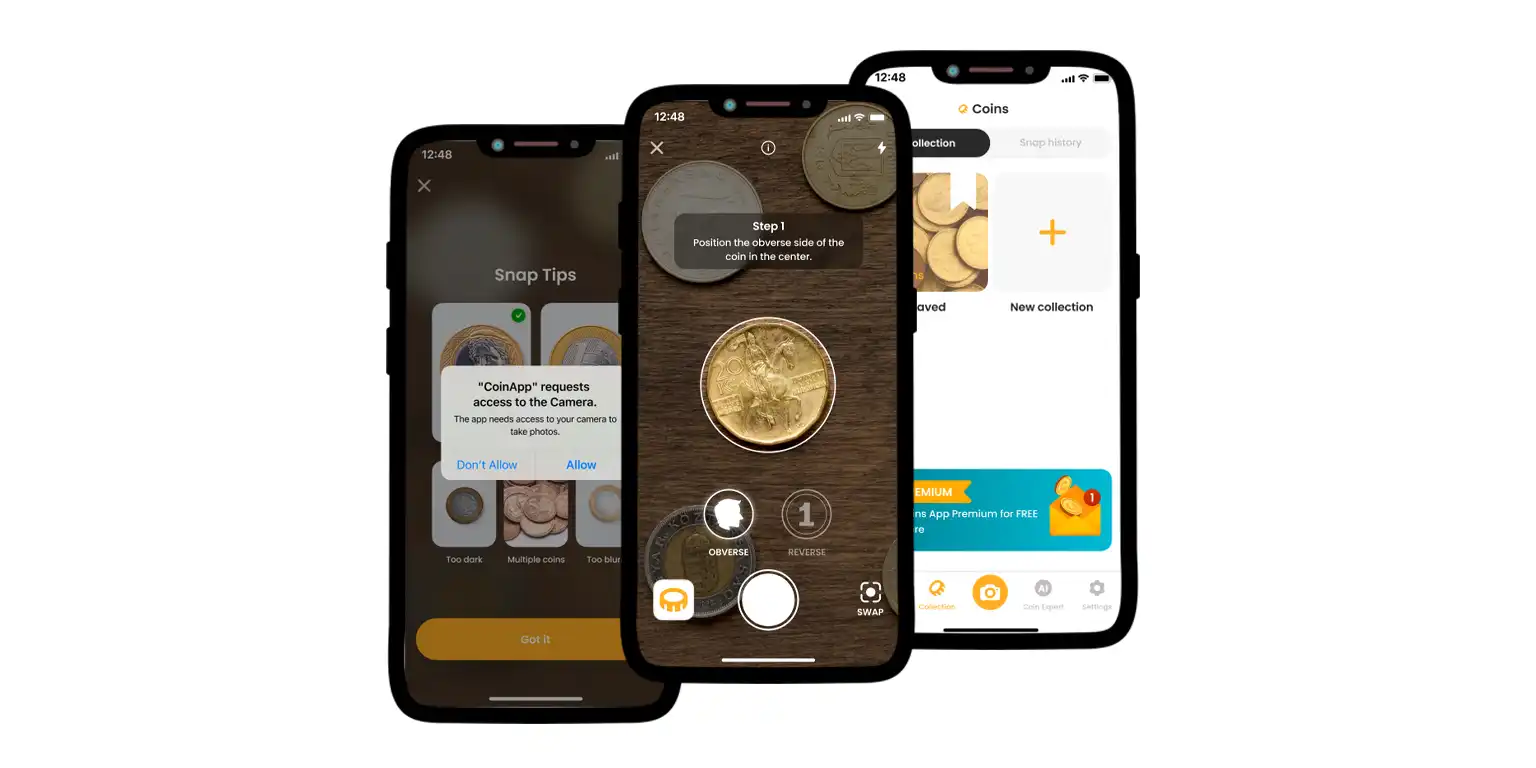
Build Your Coin Collection
Providing a complete list of coins with errors worth money may be easy, yet the most rewarding experience can be obtained only through your explorations, personal breakthroughs, and persistence. So, go ahead, learn more about the world of numismatics, and compile your own collection with diversity and inclusivity in your mind.

